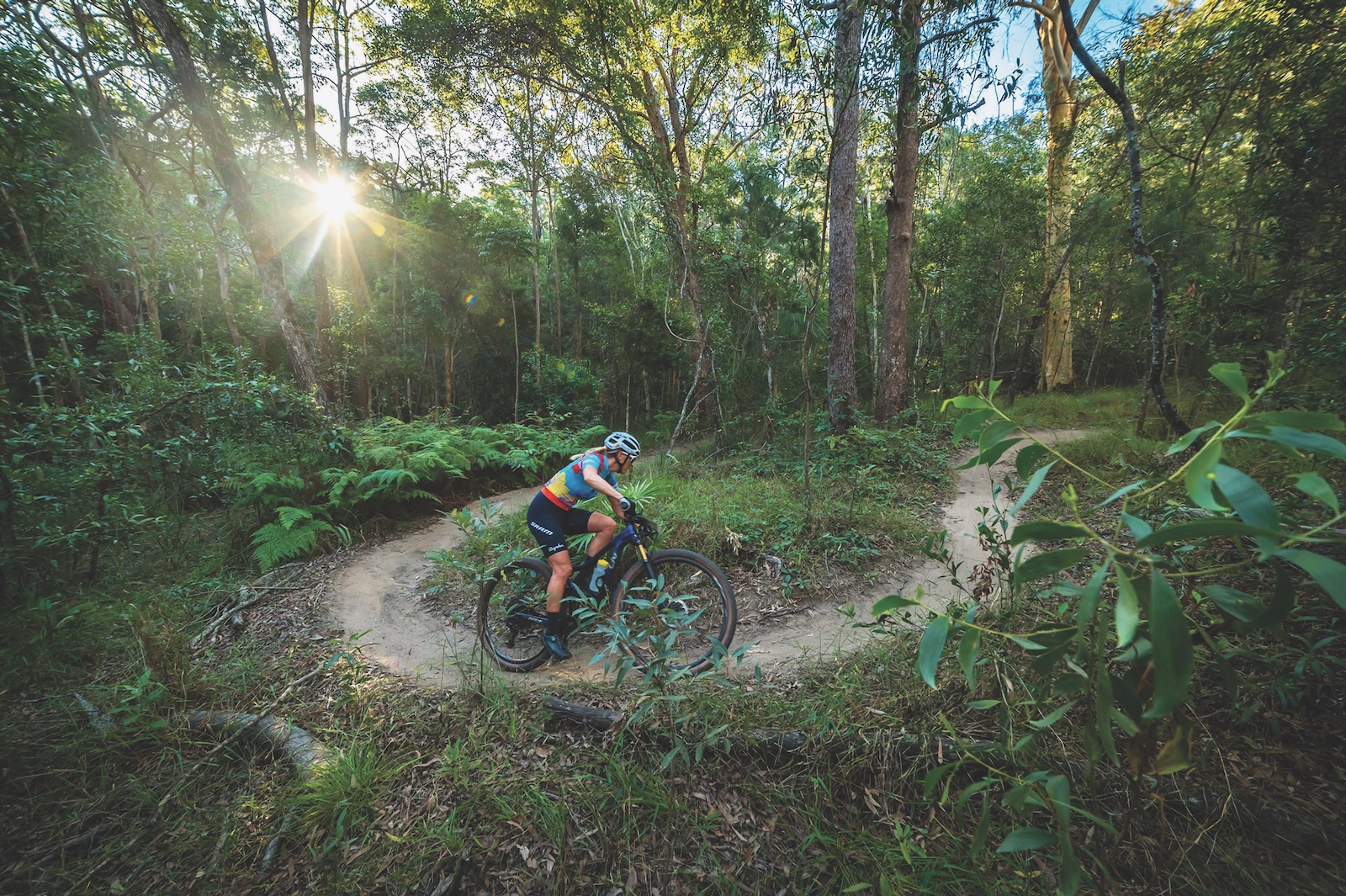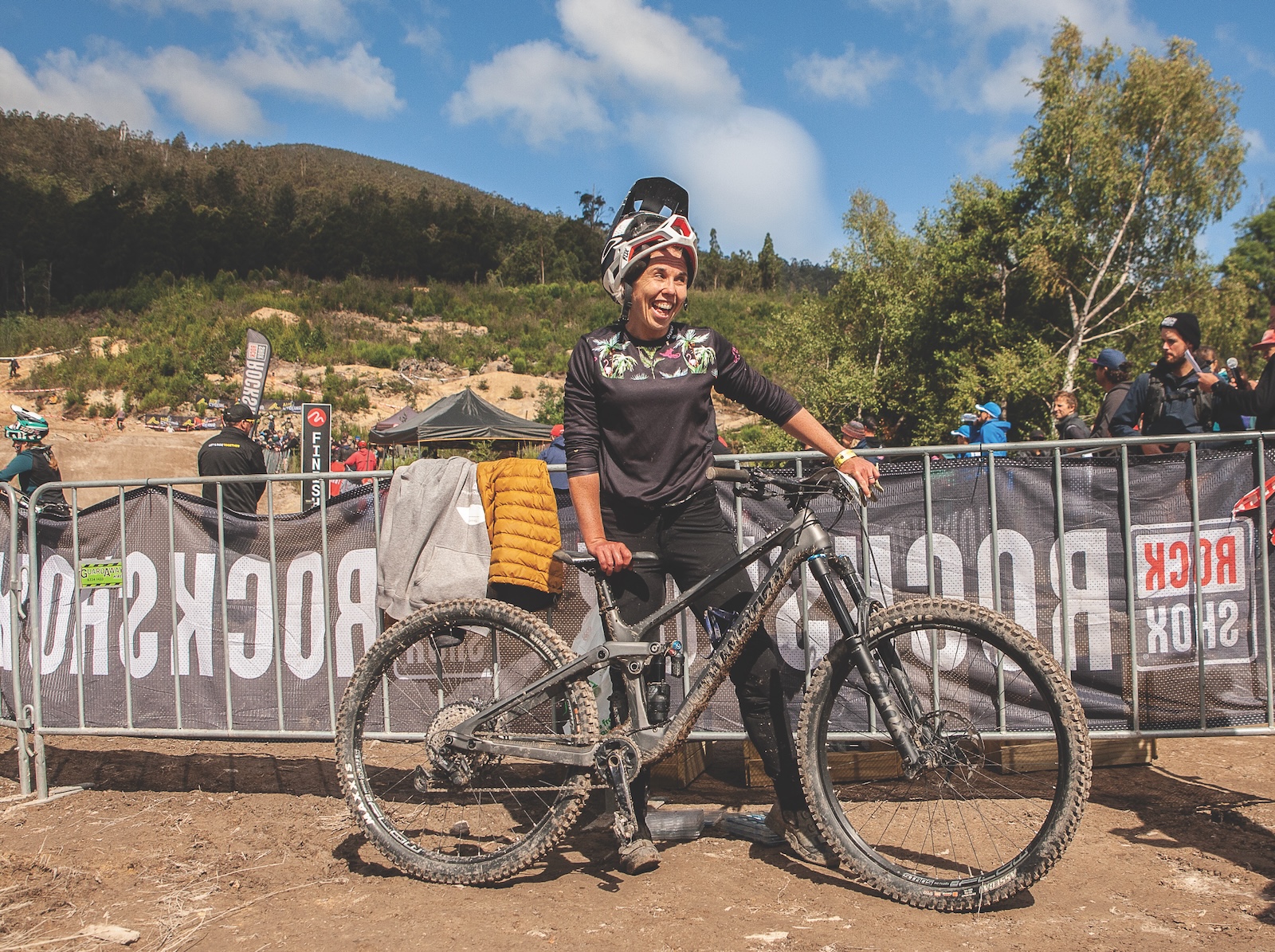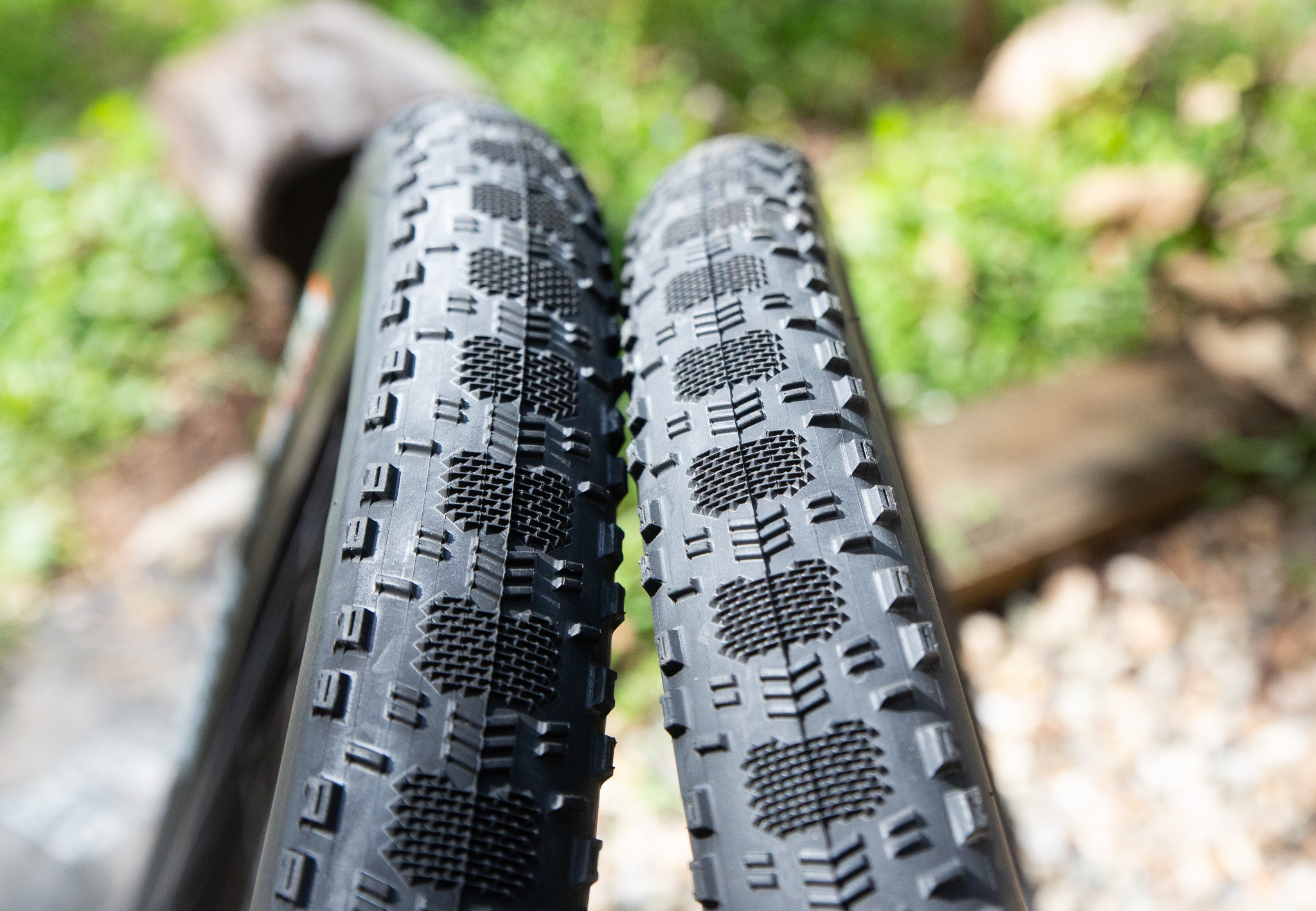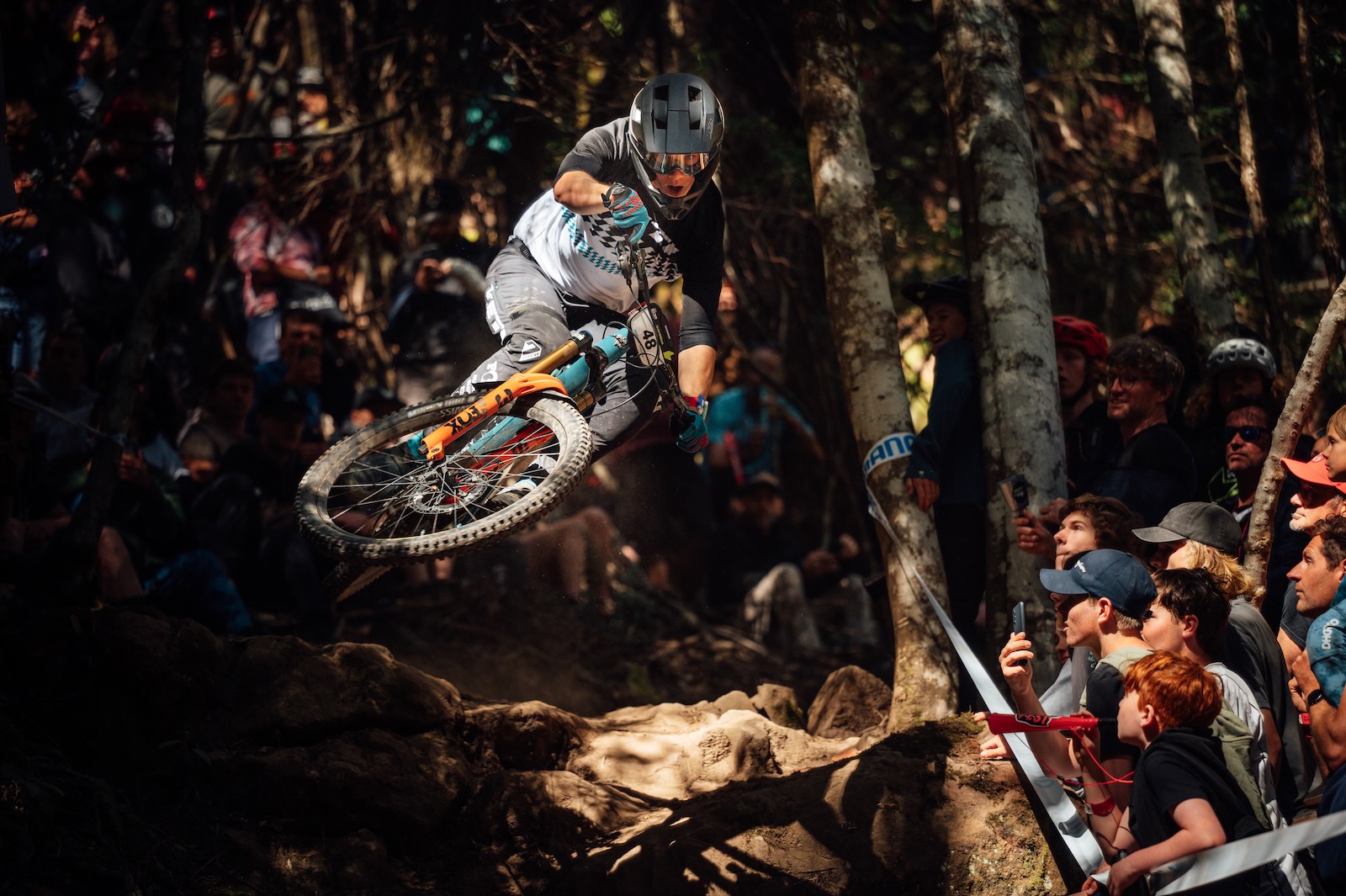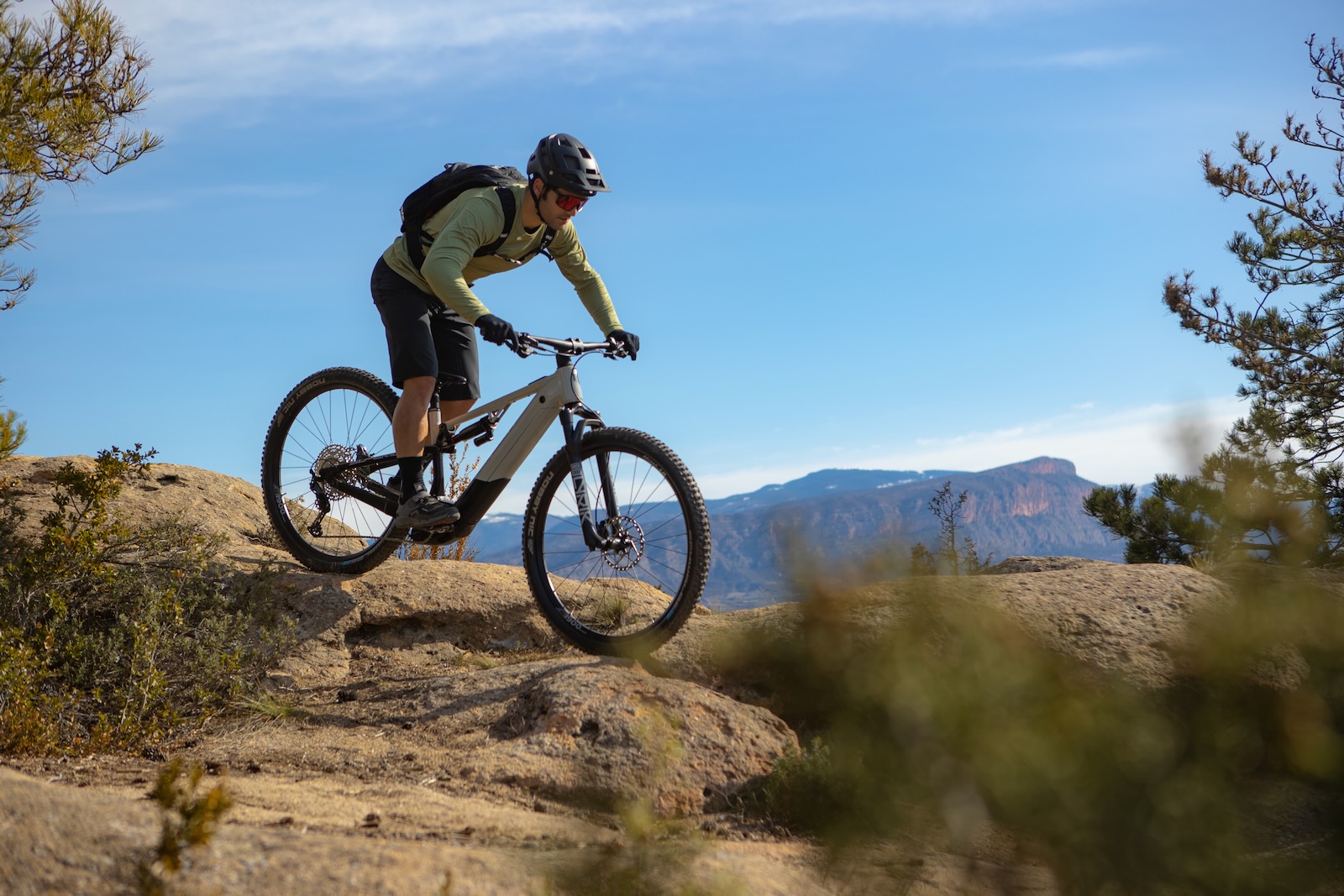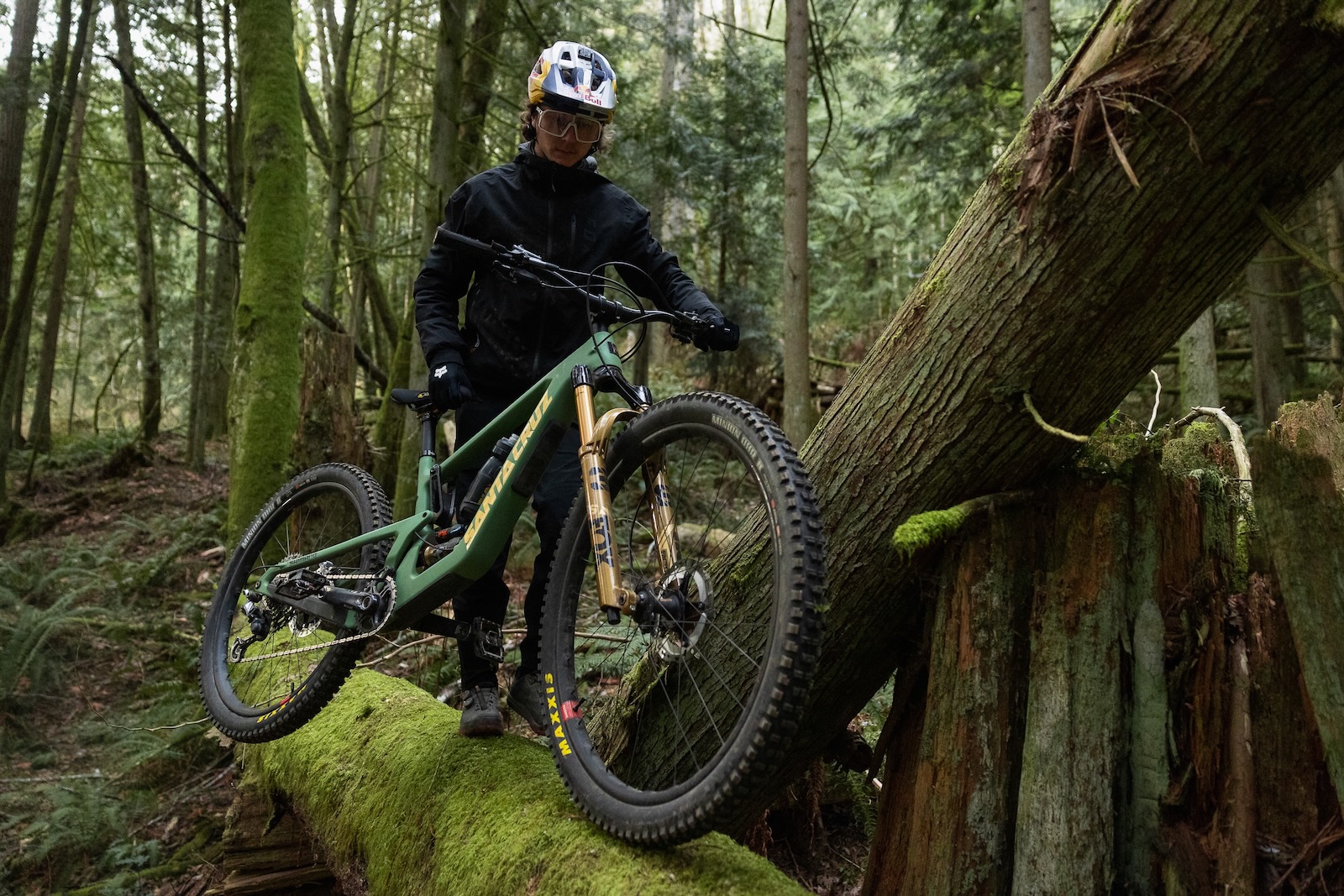Specialized launch new Camber trail bike with Brain
To complement the new Stumpjumper FSR, Specialized launched their new Camber - using the same Trail chassis, but with a Trail tuned Brain. It's a trail shredding rocket.
Earlier this year, Specialized launched a completely revamped Stumpjumper FSR line, with 29″ and 27.5″ specific designs, the women’s specific Rhyme, and of course the 6Fattie bikes.
Destination Trail: Sierra Nevada
For their second trail bike launch, Specialized went to the Sierra Nevada. We didn’t sit through a power point presentation, but we did get to ride trails and talk bikes with the key designers of the Camber and Stumpjumper FSR, to really get an idea about what the aims for the redesign were, and to ask questions about what we felt when riding the bikes. They also launched some sweet new trail shoes – the 2FO Cliplite – check them out here.
The heart of the matter
This is the second part of the trail bike launch, after Rotorua, and Specialized let us know that the main triangle, or Trail chassis, on the Stumpjumper FSR, Rhyme and Stumpjumper 6Fattie are all one and the same (size not withstanding). So the technology behind the S.W.A.T. box in the down tube remains, as does the neat internal cabling, and of course the multi-tool in front of the shock mount. It’s a very neatly produced front end, and having it work across the whole trail range means a higher quality product for all of the bikes, thanks to some efficiencies in production.
Same heart – different beast
But while the Trail chassis is the same, the rest of the bike is not. The FSR Concentric Linkage and Camber back end delivers 120mm of travel for the 29″ bikes and 130mm travel for the 27.5″ bikes. The rear ends stay pretty tight, with chain stays at 420/437mm for the 27.5″ or 29″ options respectively. This is actually the same as the Stumpjumper for a given size, but the bottom bracket sits lower, the head angle, and seat angle, is about a degree sharper, and the wheel base is shorter. The top tube is also a little shorter, aiming to use a longer stem to keep weight on the front wheel when pushing hard at speed.
While changes like the linkage save weight, the changes to the geometry for the Camber is all for speed and agility. If you like to ride hard and fast, then the Camber is meant to give you the bike that is not only active and lively, but also fast and efficient.
Tuned Suspension – with a Brain
Beyond the shorter link, the Camber also uses a completely different shock – and a Trail-tuned Brain. The micro air can Fox shock, with Autosag, cuts weight, but also has the addition of the position sensitive Brain. It’s similar to the Epic with the micro air can, and the Autosag function, and with the inertia valve set at 16 degrees for the best sensitivity. But it’s not a case of Epic technology being strapped to a Stumpjumper FSR to make a Camber.
To maintain the aim of trail riding with the most speed possible, Specialized wanted to have minimal brain sensation – so the Brain was redesigned to allow 25% of the travel to be super plush, and then the Brain would engage. This means you get the sag you want, allow the plush travel for trail chatter, but not sitting deep in the travel when you’re climbing steep terrain.
The Brain opens immediately when you hit anything, but the Brain Fade makes this highly tuneable. Amongst those of us riding the Cambers, we often wound it all the way out, to keep it as plush as possible on the rocky terrain in the Lost Sierras. But if a rider were changing from an Epic, they might end up running it less sensitive – or they might choose that for an event too.
Is that Spiked?
As the Camber does sit well apart from the Epic, it’s worth noting that the dampers in the top models, and on the S-Works with RS-1, have a Spike Valve. Beyond a fancy name, it’s basically a high speed impact valve. So when your shock is already working super hard on a long, rough descent, a big hit won’t flummox the valving – instead the Spike Valve allows the oil to bypass the damper to keep you on track. Only the S-Works has this front and rear, and only the Elite Carbon, Expert Carbon and S-Works have the rear shocks that support this.
Wheel choices
The Camber is available in two sizes, the 27.5″ and 29″. Thanks to the Trail Chassis, each size has been a ground up design to work with the needs of a given wheel size, so the builds and geometries suit. Specialized aren’t limiting wheel sizes to bike sizes, as they feel that some riders want a bike to handle one way or another. Stability with a 29er, agility with a 27.5″ bike. But that’s a choice we, as riders, get to make. Maybe the speed of a 29″ wheel means you feel more agile? Your call – the bikes are available.
Build Options
The top of the range S-Works was what we had to play with, and they were absolutely amazing trail bikes. Specialized made a great call with their 30mm (internal width) wide-rimmed Traverse SL wheels on there, which include the upgraded 54t ratchet ring. These wheels rode amazingly well in rock gardens, fast open turns, and on climbs. I cleaned more tech climbs, and tech descents, than I thought I was capable of.
The XX1 build comes with Shimano XTR Race brakes. I thought the brakes might get overwhelmed, as I have always preferred the Trail models to the Race ones, but with larger rotors they were great.
Gearing is pretty low, reflecting the trail intentions of the bike. 28t rings on the 29″ bikes and 30t on the 27.5″ models.
A lot of these spec choices play out down the range. 11 speed group sets are found on the top 4 models, with Shimano brakes on them all too. The Traverse rims down the range also stay pretty wide – so just because you don’t have the S-Works model you don’t lose the ride feel. It’s not until you’re down at the Camber FSR Comp or Camber FSR that you get to a 2×10 or 2×9 drivetrain.
The bikes come specced with Command dropper posts on all the carbon models, with 100mm drop on the small, and 125m on medium upwards. The Cruise Control setting is great for getting just the right height, as opposed to just slamming the post all the way down – it makes it really easy to just drop the post a little bit for linking fast corners.
Full Australian models and RRPs are as follows:
|
SW CAMBER FSR CARBON 650B |
$12,999 |
|
|
SW CAMBER FSR CARBON 29 |
$12,999 |
|
|
CAMBER FSR EXPERT CARBON 650B |
$8,799 |
|
|
CAMBER FSR EXPERT CARBON 29 |
$8,799 |
|
|
CAMBER FSR ELITE CARBON 650B |
$7,799 |
|
|
CAMBER FSR ELITE CARBON 29 |
$7,799 |
|
|
CAMBER FSR COMP CARBON 650B |
$5,799 |
|
|
CAMBER FSR COMP CARBON 29 |
$5,799 |
|
|
CAMBER FSR COMP 650B |
$3,499 |
|
|
CAMBER FSR COMP 29 |
$3,499 |
|
|
CAMBER FSR 650B |
$2,799 |
|
|
CAMBER FSR 29 |
$2,799 |
|
|
CAMBER FSR GROM |
$2,999 |
With time aboard both the Stumpjumper and Camber, do keep an eye out for our next issue with full ride impressions of the S-Works Camber, and how it compares to the S-Works Stumpjumper.
For more details about availiability, contact your local Specialized dealer.


